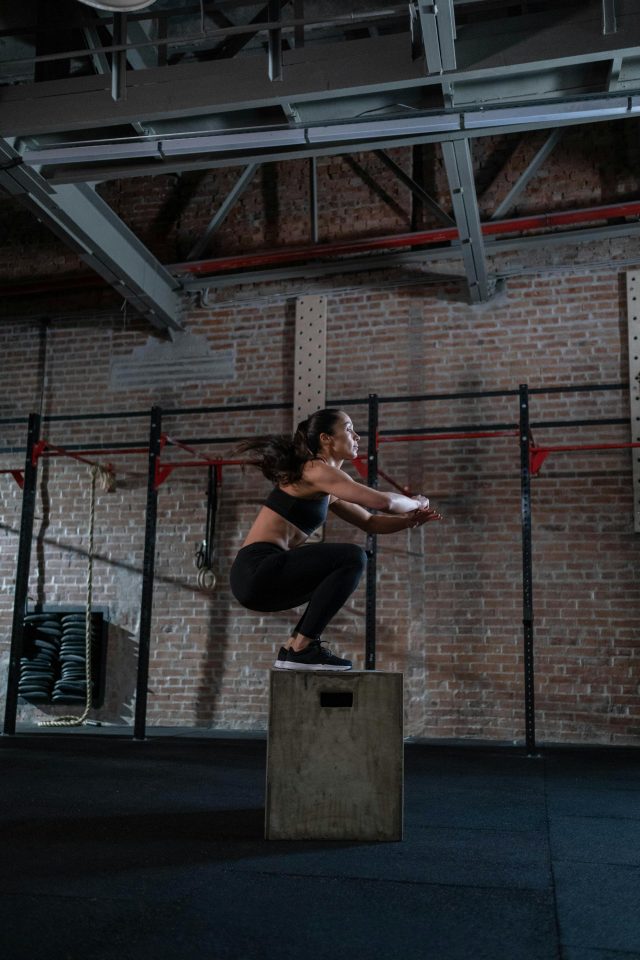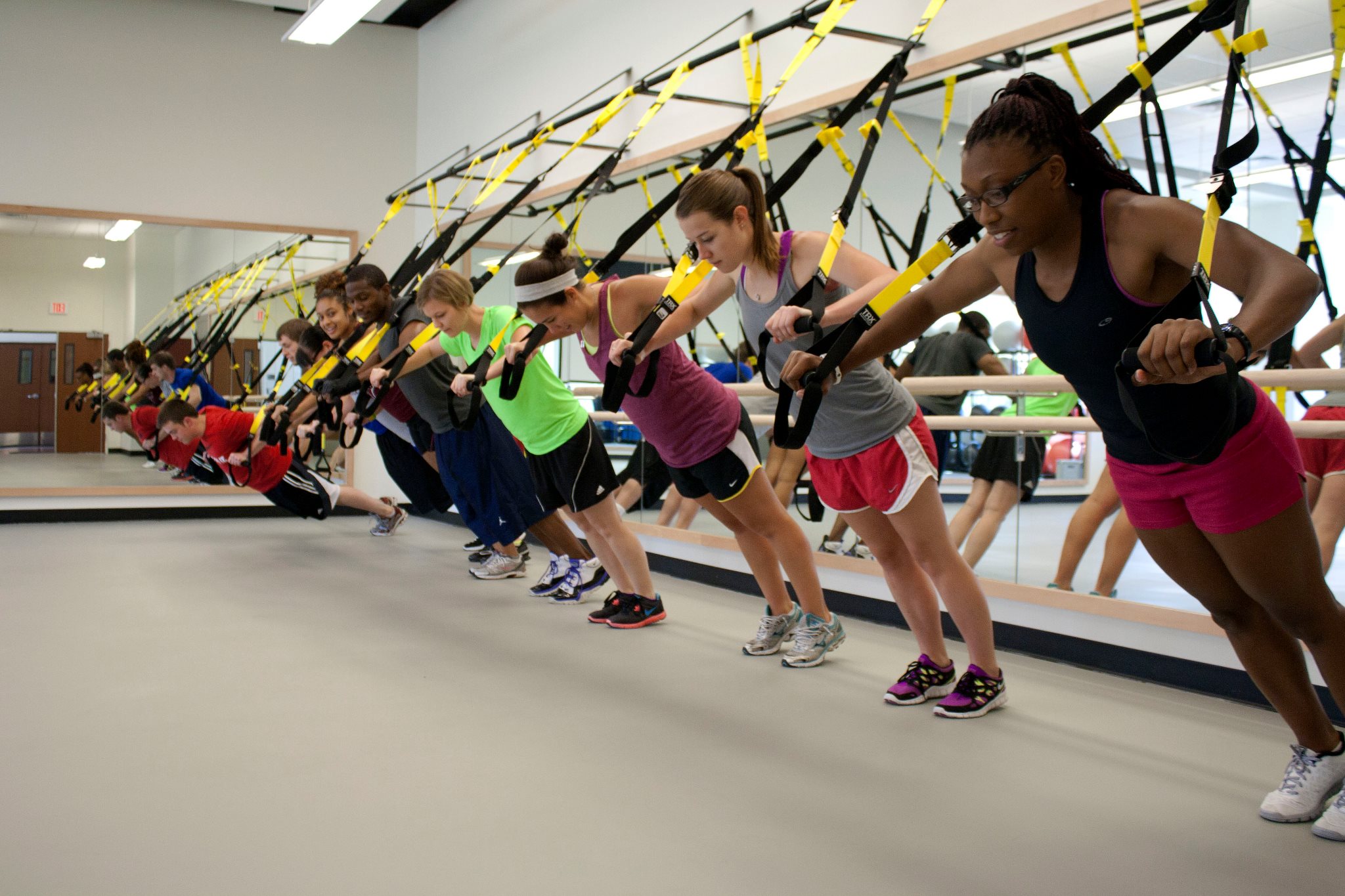The concept of elastic energy is something that is a foundation behind athletic performance. It is important for throwing, kicking, jumping, running, etc. The idea behind elastic energy hinges on the fact that muscles don’t “want” to be stretched out. When a muscle is put on a stretch, after a certain point it begins to contract on its own as part of a protective reflex (the so called stretch reflex). A muscle that is put on a fast stretch, immediately followed by a fast contraction, is able to use the stretch reflex to produce more force than it would have been able to otherwise – this is called elastic energy.
I’m going to devote the next few classic articles to elastic energy. While this is something that we accept and put into strength and conditioning practice, it has not been universally accepted. However, with the death of the principle critic (Gerrit Jan van Ingen Schenau) in 1998, much of the debate has ended.
In 1978, Paavo Komi and Carmelo Bosco published a paper in Medicine and Science in Sports and Exercise looking at the impact of different jumping conditions on performance. They studied almost 60 subjects divided between female university physical education students, male university physical education students, and male national-team volleyball players.
The subjects performed vertical jumps on a force platform under several conditions:
- Squat jump: The subject squatted to a 90 degree knee angle, held the position, and performed the jump without a counter-movement.
- Vertical jump with a counter-movement
- Drop jump: Drop from a height to the force platform and quickly jump upwards.
Drop jump height differed for females (20, 30, 40, 50, 60, 70, and 80 cm) and males (26, 45, 62, and 83 cm).
On all jumps, the subjects kept their hands on their hips.
The results are mixed and are interesting:
- The female subjects performed as you’d expect. Squat jumps resulted in a lower maximum height to the center of gravity than the counter-movement jumps. The counter-movement jumps resulted in a lower maximum height than the drop jumps.
- The male physical education subjects had a lower squat jump height than counter-movement jump and drop jump. However, the counter-movement jump and drop jump heights were equal.
- The volleyball players had a lower squat jump height, but their counter-movement jump height was greater than their drop jump height.
- The volleyball players, for all tests, jumped higher than the male physical education students, who jumped higher than the female subjects.
In addition to looking at the height of the jump, the authors also measured energy output. They found that:
- Counter-movement jumps have a greater positive (i.e. takeoff) energy than squat jumps for all subjects, with females < male PE students < male volleyball players.
- For all subjects, the positive energy increased during drop jumps as height increased to a certain point and then leveled off (~50 cm for females, ~62c, for all males) and this equated to the heights where the best drop jumps were achieved.
- On drop jumps, females had a greater change in positive energy (i.e. compared to squat jumps) than males.
The table below shows the change in positive energy as a percentage of the positive energy during the squat jump for the counter-movement jump and the highest drop jump for each population. As you can see, the female subjects had a greater change in positive energy.
| Female | Male PE | Male VB | |
| CMJ |
0.206835 |
0.13529 |
0.166611 |
| DJ |
0.323741 |
0.084604 |
0.07784 |
For elastic energy to work like we think it does, you’d expect for squat jump heights < counter-movement jump heights < drop jump heights. The female group is the only group that saw this. In the other two groups, squat jump heights were lower but the counter-movement jump heights were equal to or greater than drop jump heights.
The authors feel that the greater positive energy change in the female athletes represents a better ability to utilize stored elastic energy, but are unsure why this is the case.
It’s an old study. It shows that jumps that are performed without any kind of counter-movement are smaller than those with the counter-movement. However, from that point the results are a little confusing, which leaves room for debate on the concept of elastic energy. While there is certainly an increase in performance following a fast stretch and fast contraction, the exact mechanism (in this study) remains to be determined.
Komi, P.V. and Bosco, C. (1978). Utilization of stored elastic energy in leg extensor muscles by men and women. Medicine and Science in Sports and Exercise, 10(4): 261-265.




